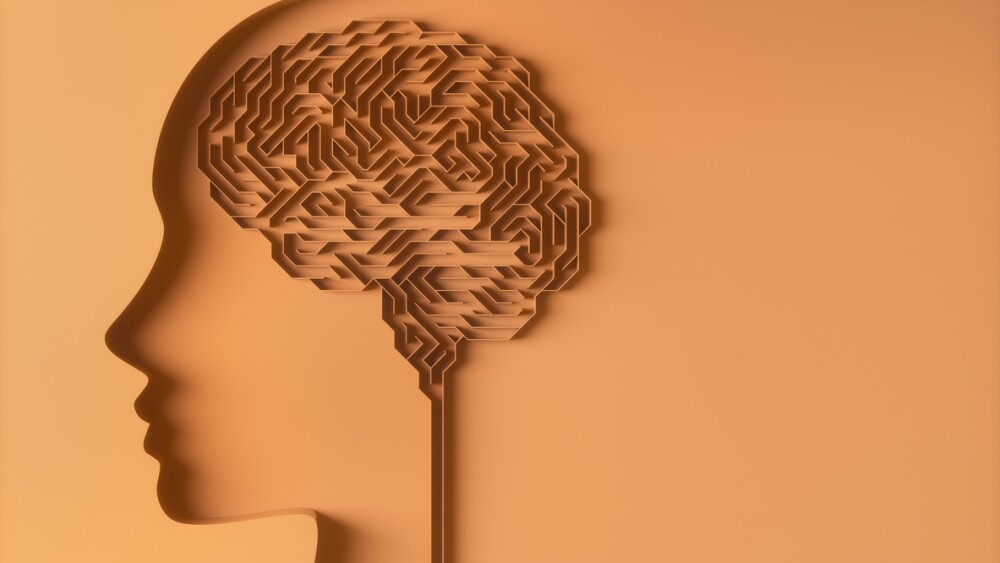December 30, 2009 – AM-111 prevents hearing loss from semicircular canal injury in otitis media The January 2010 issue of the American journal Laryngoscope* shows new data on the otoprotective effects of AM-111, Auris Medical’s intracellular JNK ligand. In an article titled “AM-111 prevents hearing loss from semicircular canal injury in otitis media” the results of a study conducted at the Department of Otolaryn-gology of the University of Florida in Gainesville (USA) are presented. The study evaluated the otoprotective effects of AM-111 in an animal model of semicircular canal transec-tion in the presence of Pseudomonas aeruginosa otitis media. Transection of the semicircular canal may occur as iatrogenic complication of middle ear surgery, e.g. during mastoidectomy for chronic otitis media. It may allow for infiltration of pathogens such as P. aeruginosa from the middle into the inner ear and lead to profound sensorineural hearing loss. For the study, P. aeruginosa was induced bilaterally in 34 guinea pigs. 3 to 5 days after the lateral semicircular canal of one ear was transected, and AM-111 (concentration 100 µM) or vehicle was applied topically to the round window membrane. Hearing was assessed with audi-tory brainstem responses (ABR) seven to ten days after transection. The study showed that the mean change in ABR thresholds was significantly less in transected ears treated with AM-111 than those receiving vehicle alone (22.1 dB vs. 35.0 dB with clicks, p = 0.019; 11.3 dB vs. 40.0 dB at 4 kHz, p = 0.021). The authors thus concluded that hearing loss from semicircular canal transection in the guinea pig model of P. aeruginosa otitis media can be reduced by intraoperative, topical application of AM-111 to the round window membrane. These results provide further evidence of AM-111’s otoprotective effects in case of acute sensorineural hearing loss. About acute sensorineural hearing loss Acute sensorineural hearing loss (ASNHL) or inner ear hearing loss is the consequence of various insults to the cochlea. It may result e.g. from overexposure to noise, bacterial or viral infections, inflammation, vascu-lar compromise, or a variety of other factors. In ASNHL, sensorineural structures of the inner ear – inner and outer hair cells, neurons – are damaged, as well as other structures such as supporting cells or vascular tissues. The common observation is a temporary increase in hearing thresholds, i.e. hearing loss. Thanks to cellular defences and intrinsic repair mechanisms, a certain amount of such hearing loss is frequently re-covered in the subsequent days and weeks. The remaining hearing loss however is irreversible. ASNHL may be accompanied by other disorders of the inner ear such as dizziness or tinnitus.
December 30, 2009 – AM-111 prevents hearing loss from semicircular canal injury in otitis media The January 2010 issue of the American journal Laryngoscope* shows new data on the otoprotective effects of AM-111, Auris Medical’s intracellular JNK ligand. In an article titled “AM-111 prevents hearing loss from semicircular canal injury in otitis media” the results of a study conducted at the Department of Otolaryn-gology of the University of Florida in Gainesville (USA) are presented. The study evaluated the otoprotective effects of AM-111 in an animal model of semicircular canal transec-tion in the presence of Pseudomonas aeruginosa otitis media. Transection of the semicircular canal may occur as iatrogenic complication of middle ear surgery, e.g. during mastoidectomy for chronic otitis media. It may allow for infiltration of pathogens such as P. aeruginosa from the middle into the inner ear and lead to profound sensorineural hearing loss. For the study, P. aeruginosa was induced bilaterally in 34 guinea pigs. 3 to 5 days after the lateral semicircular canal of one ear was transected, and AM-111 (concentration 100 µM) or vehicle was applied topically to the round window membrane. Hearing was assessed with audi-tory brainstem responses (ABR) seven to ten days after transection. The study showed that the mean change in ABR thresholds was significantly less in transected ears treated with AM-111 than those receiving vehicle alone (22.1 dB vs. 35.0 dB with clicks, p = 0.019; 11.3 dB vs. 40.0 dB at 4 kHz, p = 0.021). The authors thus concluded that hearing loss from semicircular canal transection in the guinea pig model of P. aeruginosa otitis media can be reduced by intraoperative, topical application of AM-111 to the round window membrane. These results provide further evidence of AM-111’s otoprotective effects in case of acute sensorineural hearing loss. About acute sensorineural hearing loss Acute sensorineural hearing loss (ASNHL) or inner ear hearing loss is the consequence of various insults to the cochlea. It may result e.g. from overexposure to noise, bacterial or viral infections, inflammation, vascu-lar compromise, or a variety of other factors. In ASNHL, sensorineural structures of the inner ear – inner and outer hair cells, neurons – are damaged, as well as other structures such as supporting cells or vascular tissues. The common observation is a temporary increase in hearing thresholds, i.e. hearing loss. Thanks to cellular defences and intrinsic repair mechanisms, a certain amount of such hearing loss is frequently re-covered in the subsequent days and weeks. The remaining hearing loss however is irreversible. ASNHL may be accompanied by other disorders of the inner ear such as dizziness or tinnitus.




